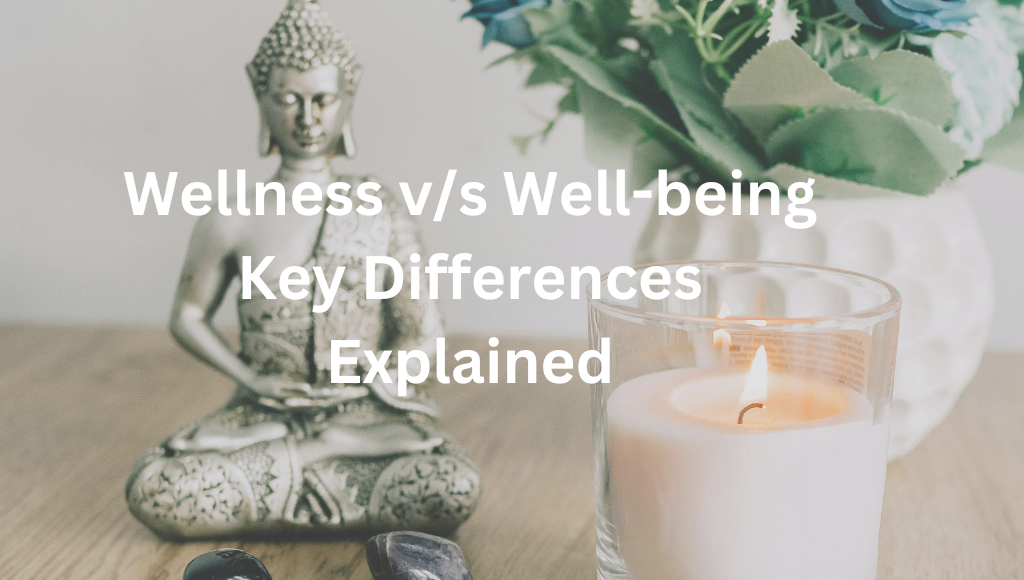Smudging is a popular practice used for cleansing negative energy and creating a peaceful space. Many people use white sage smudge sticks during meditation, prayer, or just to clear the energy in their homes. The smell of burning sage is calming and grounding, helping both the mind and body relax.
But for smudging to be truly effective, the white sage you use needs to be of good quality. Good sage gives better results, lasts longer, and respects nature and tradition. In this blog, we’ll help you understand what white sage is, how to choose the best smudge sticks, and how to use them in the right way.
In this blog, you’ll learn:
- What white sage is and why people use it
- Why the quality of sage matters
- What to look for when buying smudge sticks
- How to spot low-quality or fake products
- Where to buy authentic sage
- Tips to use and store sage properly
- Answers to common questions
What is White Sage and Why is it Used?
White sage, also known as Salvia apiana, is a plant native to the southwestern parts of the United States. Its leaves have been used for centuries by Native American communities in spiritual rituals and healing ceremonies.
White sage is mainly used to clear bad energy, clean the air, and support emotional balance. When burned, it produces a strong, earthy smell that helps create a calm and sacred atmosphere. Many people use it during yoga, prayer, or simply to feel refreshed.
Why Quality Matters
When it comes to smudging, the quality of the white sage really makes a difference. High-quality sage smells stronger, burns better, and gives a deeper cleansing experience. Poor-quality sage, on the other hand, might not burn properly or might even contain harmful chemicals.
Another reason to choose good-quality sage is to support ethical and sustainable practices. White sage is often overharvested in the wild, so it’s important to buy from sellers who source it responsibly.
Here’s why quality makes a difference:
- Purity & Potency: High-quality sage burns smoothly and releases a strong, grounding scent that’s essential for effective smudging.
- Effectiveness: Poor-quality or damp sage won’t produce the desired results in spiritual or energy-clearing rituals.
- Safety: Adulterated or chemically treated sage can release harmful fumes when burned.
- Sustainability: Ethically sourced sage ensures that wild populations aren’t overharvested, protecting both the environment and the cultural heritage of Indigenous communities.
Key Factors to Look for When Choosing High-Quality White Sage Smudge Sticks
A high-quality smudge stick should look fresh and natural. The leaves should be full and tightly wrapped. If the stick looks too white or has many broken parts, it may not be fresh. Good sage also has a strong, clean, herbal smell. If it smells dusty or like chemicals, it’s best to avoid it.
Make sure the sage is dried slowly in the shade. This keeps the oils in the leaves and makes the stick more effective when burned. The string used to tie the bundle should be natural, like cotton or hemp. Avoid sticks tied with plastic or synthetic threads, as they can give off toxic fumes when burned.
Choose white sage smudge sticks that are ethically sourced, tightly bound, naturally aromatic, and free from additives for the best quality and effectiveness.
Appearance
A premium white sage stick should:
- Be tightly bundled with whole, silvery-green leaves
- Have minimal stems and no moldy or overly brittle parts
- Look natural, not too white or bleached
Smell and Freshness
Trust your nose. A good smudge stick:
- Has a clean, earthy, and slightly astringent herbal smell
- Should NOT smell musty, smoky, or chemically enhanced
- Should retain its aroma even months after purchase if stored well
Sourcing and Harvesting
Ethically harvested white sage should:
- Be wild-harvested from native regions like California
- Come from reputable suppliers who respect sustainable practices
- Not contribute to the depletion of native sage populations
Drying Process
Proper drying helps retain essential oils and fragrance. Choose sage that is:
- Air-dried in shade over several weeks (preserves color and aroma)
- Not overly dry, brittle, or sun-bleached
Binding Material
Look for:
- Natural threads like cotton or hemp twine
- Avoid any smudge sticks tied with synthetic or plastic materials—they can release toxins when burned
Signs of Low-Quality or Fake Sage
It’s important to spot signs of low-quality sage before you buy. If all the sticks look exactly the same, they may be machine-made. If they’re bright white, they might have been bleached. A fake or poor-quality smudge stick may also have added perfumes, which can be harmful when burned. Lastly, always check if the seller shares information about where and how the sage was harvested.
How to Tell if a Sage Stick is Fresh
Fresh white sage has a strong and natural scent even before burning. The leaves should feel dry but not crumbly. If it looks dull or smells musty, it might be old or stored in the wrong way. Fresh sage also keeps its soft grey-green color.
Fresh sage:
- Has a strong scent even before burning
- Is not crumbly or dusty
- Keeps its color—not too pale or too dark
- Doesn’t feel damp or too dry
If it smells weak or feels soggy, it’s probably old or poorly stored.
Choosing the Right Size
White sage smudge sticks come in different sizes. Small sticks are perfect for personal use or short sessions. Medium-sized sticks are great for home use, and large bundles are good if you want to smudge a big space. Pick the size based on how often you plan to use it.
New! What Size of Smudge Stick Should I Buy?
- Small sticks (4 inches) are great for quick use or personal cleansing.
- Medium sticks (6–7 inches) work well for regular home cleansing.
- Large bundles are best for big areas or long ceremonies.
Choose the size based on how often you smudge and what you’re cleansing.
How Often Can You Use Sage?
There is no fixed rule. Some people smudge daily, especially if they do energy work, yoga, or meditation. Others use it once a week or only during special moments, like after visitors or when moving into a new home. Trust your feelings—smudge when you sense the energy needs a refresh.
it depends on your needs:
- Some people smudge every day, especially if they meditate or do energy work.
- Others do it once a week or after visitors, arguments, or tough days.
The key is to use it when you feel the space needs a reset.
FAQs
How long does one smudge stick last?
A stick can last for many uses, depending on how long you burn it each time.
Can I reuse a stick?
Yes, just make sure to put it out safely and store it in a dry place.
Is it safe to buy online?
Yes, as long as you buy from trusted sellers who mention how their sage is grown and harvested.
How is white sage different from other herbs?
White sage has a stronger smell and is used mainly for deep spiritual cleansing. Other herbs like cedar or palo santo are softer and used for calming energy.
Tips for Using and Storing Sage
Store your smudge stick in a cool, dry place away from sunlight and moisture. When using it, light the tip and let it burn for a few seconds before blowing it out. Let the smoke rise and move through your space slowly. When you’re done, press the burning tip into sand or a fireproof bowl to stop it safely.
Always use white sage with respect. Remember that it comes from Indigenous cultures, and treating it with care honors those roots.
Conclusion
Choosing high-quality Himalayan White Sage Smudge Sticks is important for getting the best results and showing respect for tradition and the environment. Look for natural, strong-smelling sticks that are harvested and dried the right way.
Use your smudge stick with clear intention and positive thoughts. Whether you smudge to relax, clean energy, or create a peaceful space, using good sage makes the experience more powerful and meaningful.



